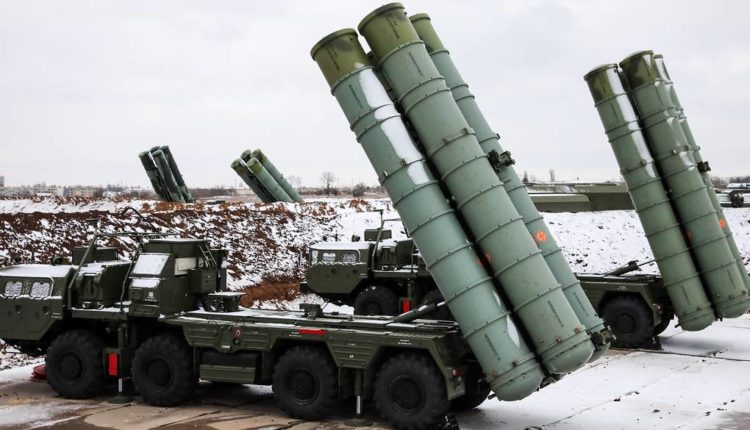India may deploy Russian S-400 missile system by next month, says Pentagon
It is pursuing an extensive military modernisation effort encompassing air, ground, naval and strategic nuclear forces, Pentagon's top intelligence official has said during a Congressional hearing.
Insight Bureau: India wants to deploy the Russian-made S-400 missile defence system by next month to defend itself from Pakistani and Chinese threats. It is pursuing an extensive military modernisation effort encompassing air, ground, naval and strategic nuclear forces, Pentagon’s top intelligence official has said during a Congressional hearing.
India started receiving the delivery of the S-400 missile defence system from Russia in December last year, Lieutenant General Scott Berrier, Director of Defence Intelligence Agency, told members of the Senate Armed Services Committee during a recent Congressional hearing.
“In December, India received its initial delivery of the Russian S-400 air defence system, and it intends to operate the system to defend against Pakistani and Chinese threats by June 2022,” Berrier said.
“India continued to develop its own hypersonic, ballistic, cruise and air defence missile capabilities, conducting multiple tests in 2021. India has a growing number of satellites in orbit, and is expanding its use of space assets, likely pursuing offensive space capabilities,” he said.
Berrier told the lawmakers that New Delhi is pursuing an extensive military modernisation effort encompassing air, ground, naval and strategic nuclear forces with an emphasis on domestic defence production.
India is taking steps to establish Integrated Theatre Commands that will improve its joint capability among its three military services.
Since 2019, Prime Minister Narendra Modi has given priority to strengthen India’s economy by expanding its domestic defence industry and establishing a negative import list to curtail defence purchases from foreign suppliers.
Support Independent Journalism? Keep us live.
India’s long-standing defence relationship with Russia remains strong, holding their first ‘2+2’ format talks in December, a joint foreign and defence ministerial that India previously only held with the United States, Japan and Australia.
“India seeks to promote prosperity and ensure stability in the Indo-Pacific region by seeking strategic partnerships to build influence through bilateral and multilateral mechanisms such as the Quadrilateral Security Dialogue and the Association of Southeast Asian Nations (ASEAN), he said.
“New Delhi seeks to deepen intelligence and operational cooperation on cybersecurity, protect critical information infrastructure, prevent adversary manipulation of public opinion, and to create standards and norms that protect and secure data governance,” Berrier said.
Following the collapse of the Afghan government, New Delhi is increasingly concerned about potential attacks against India by Pakistan-based terrorist groups such as Lashkar-e-Taiba and Jaish-e-Mohammed – empowered by a Taliban-controlled Afghanistan, he said.
The evacuation of Indian personnel from Afghanistan degraded its resources to monitor potential threats and cultivate influence over regional stability, he said.
Despite recommitting to the 2003 ceasefire, India remains postured to respond to perceived militant threats, and has continued counterterrorism operations in Kashmir, Berrier said.
Berrier said that Chinese-Indian relations remain strained following the fatal clashes in summer 2020 between their respective forces along the Line of Actual Control (LAC).
During 2021, both sides held multiple rounds of high-level diplomatic and military talks that resulted in a mutual pullback of forces from several standoff points.


Comments are closed.